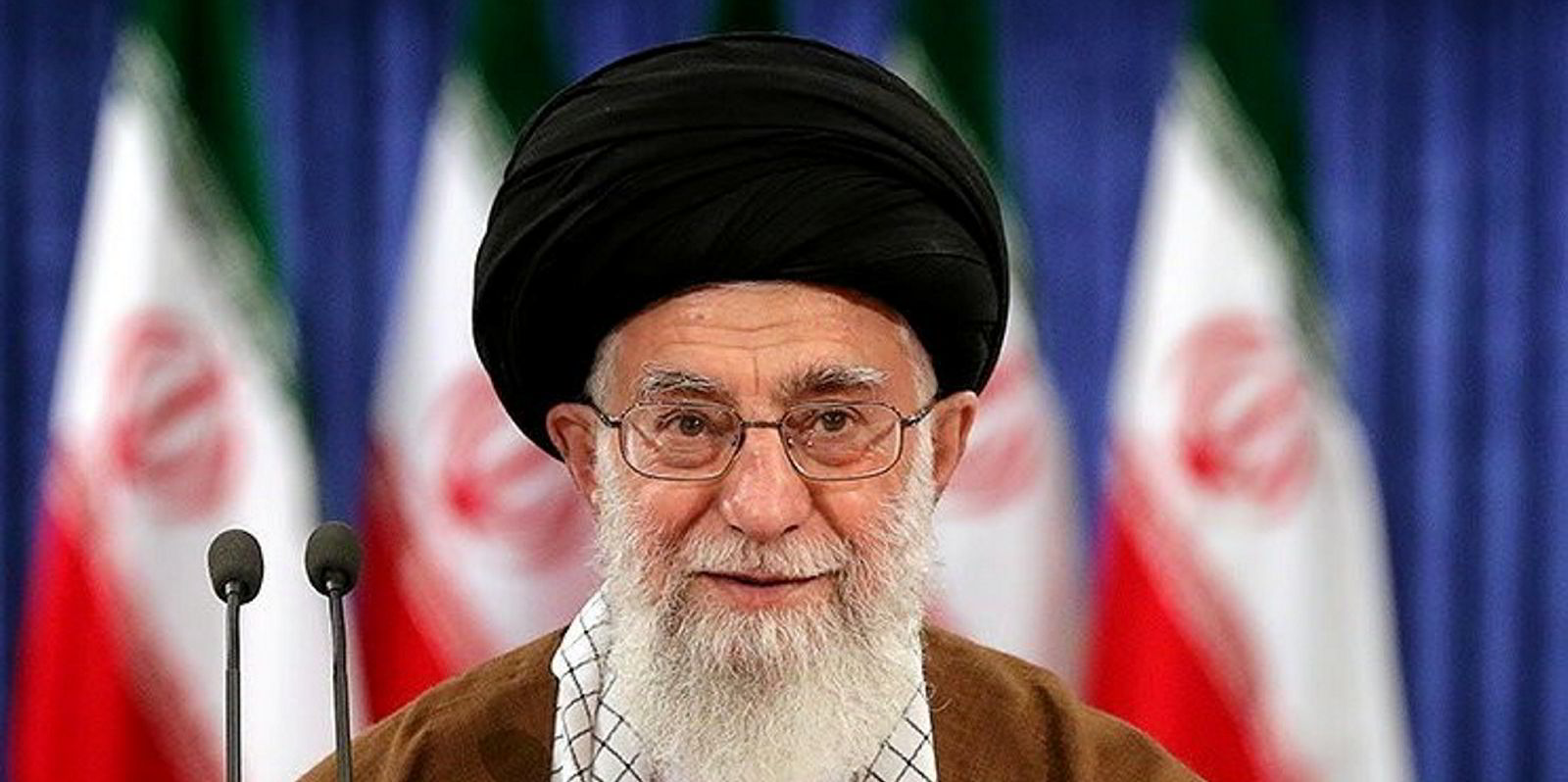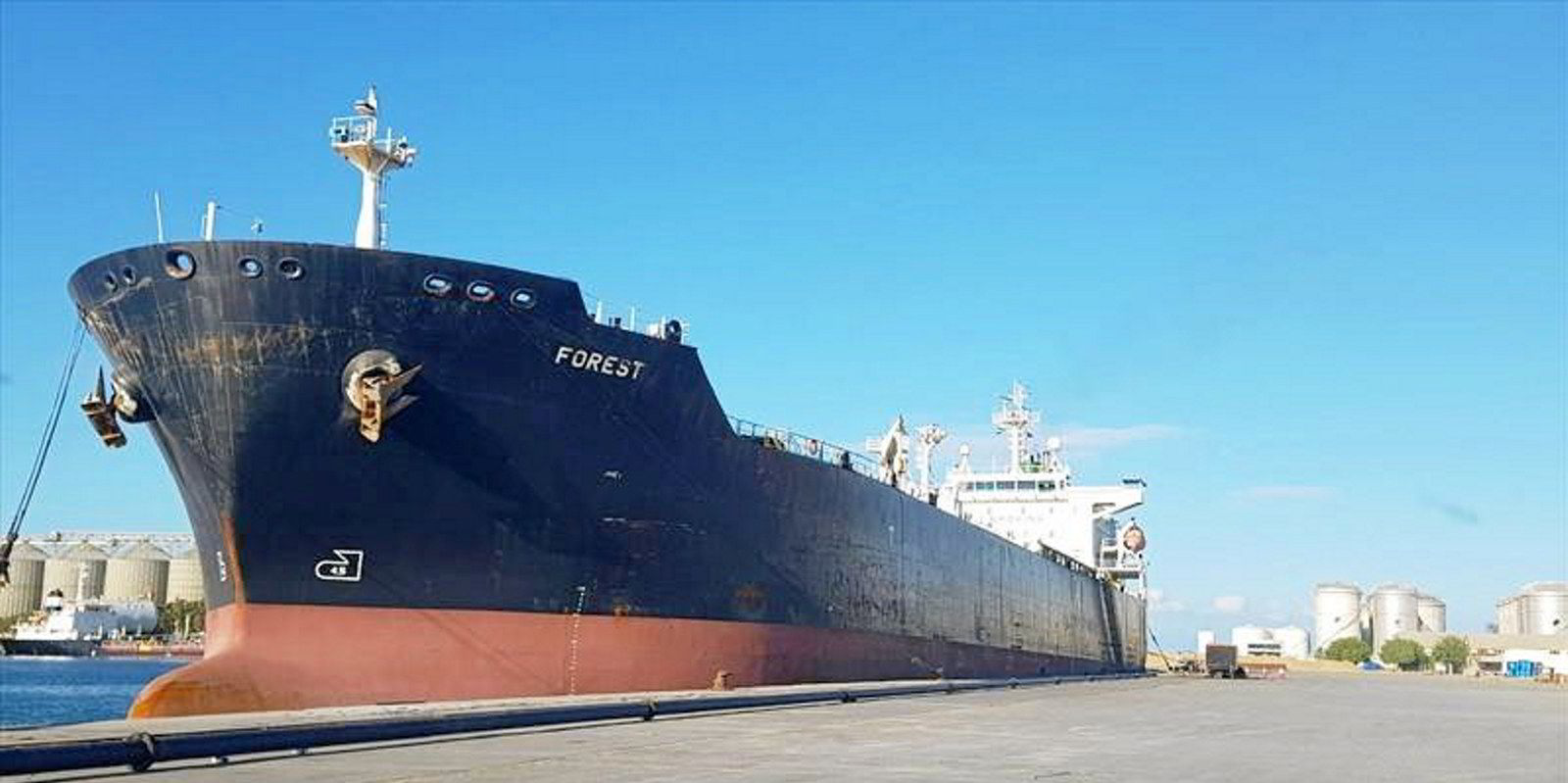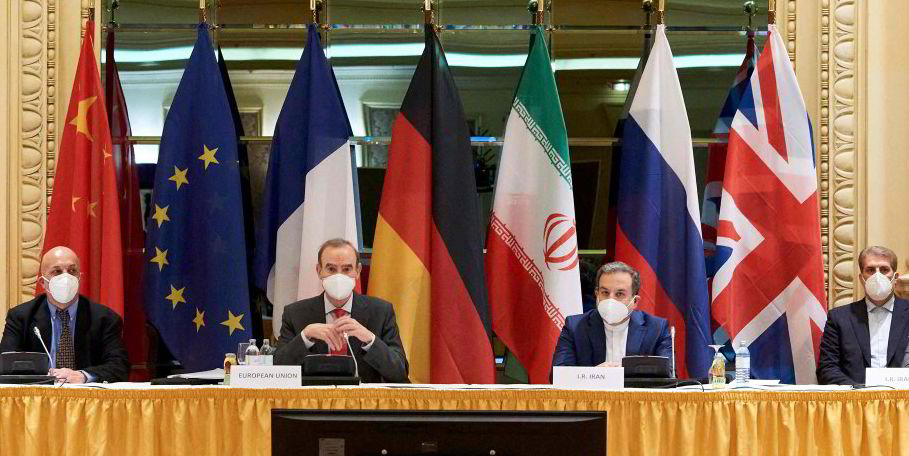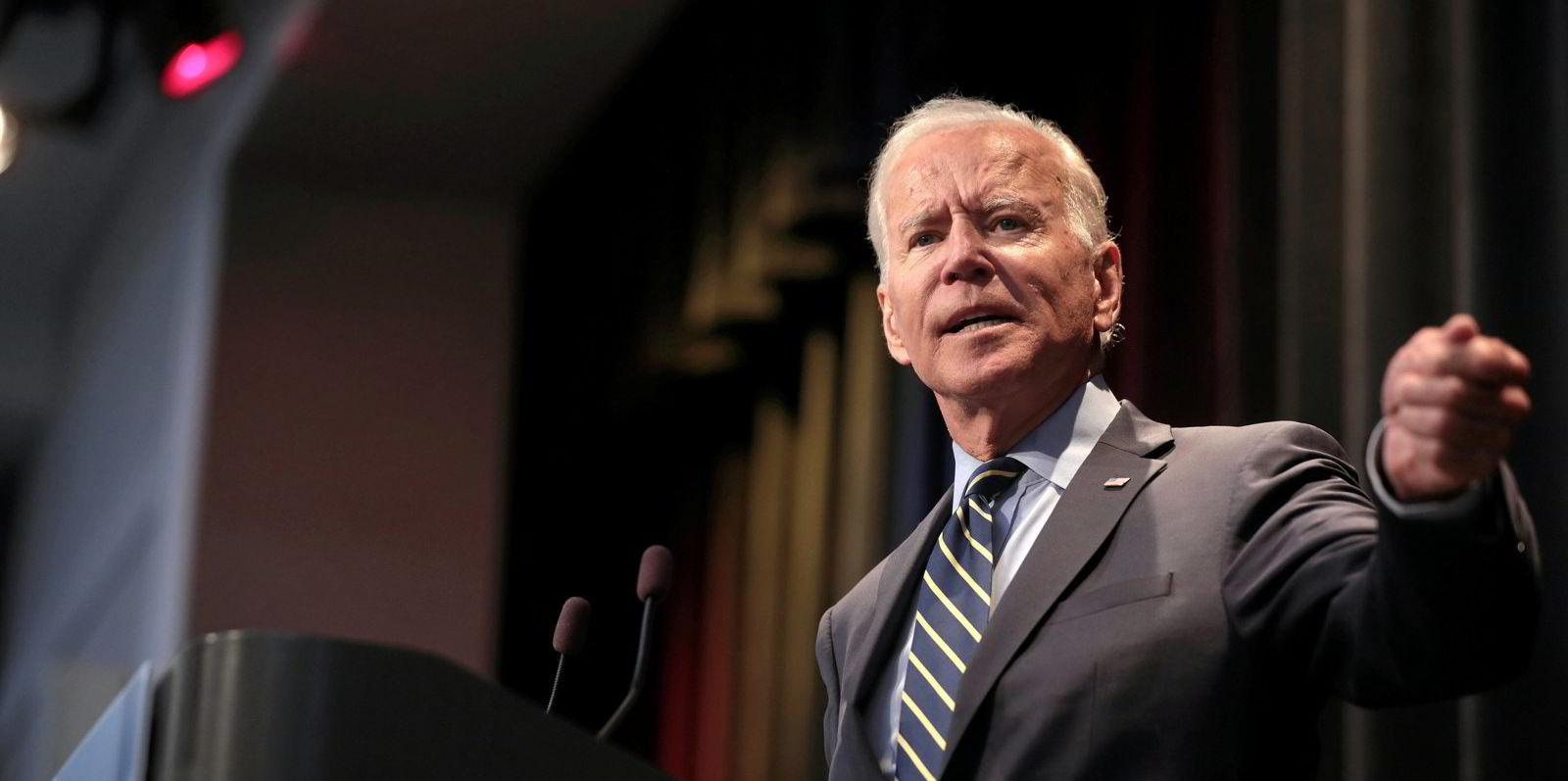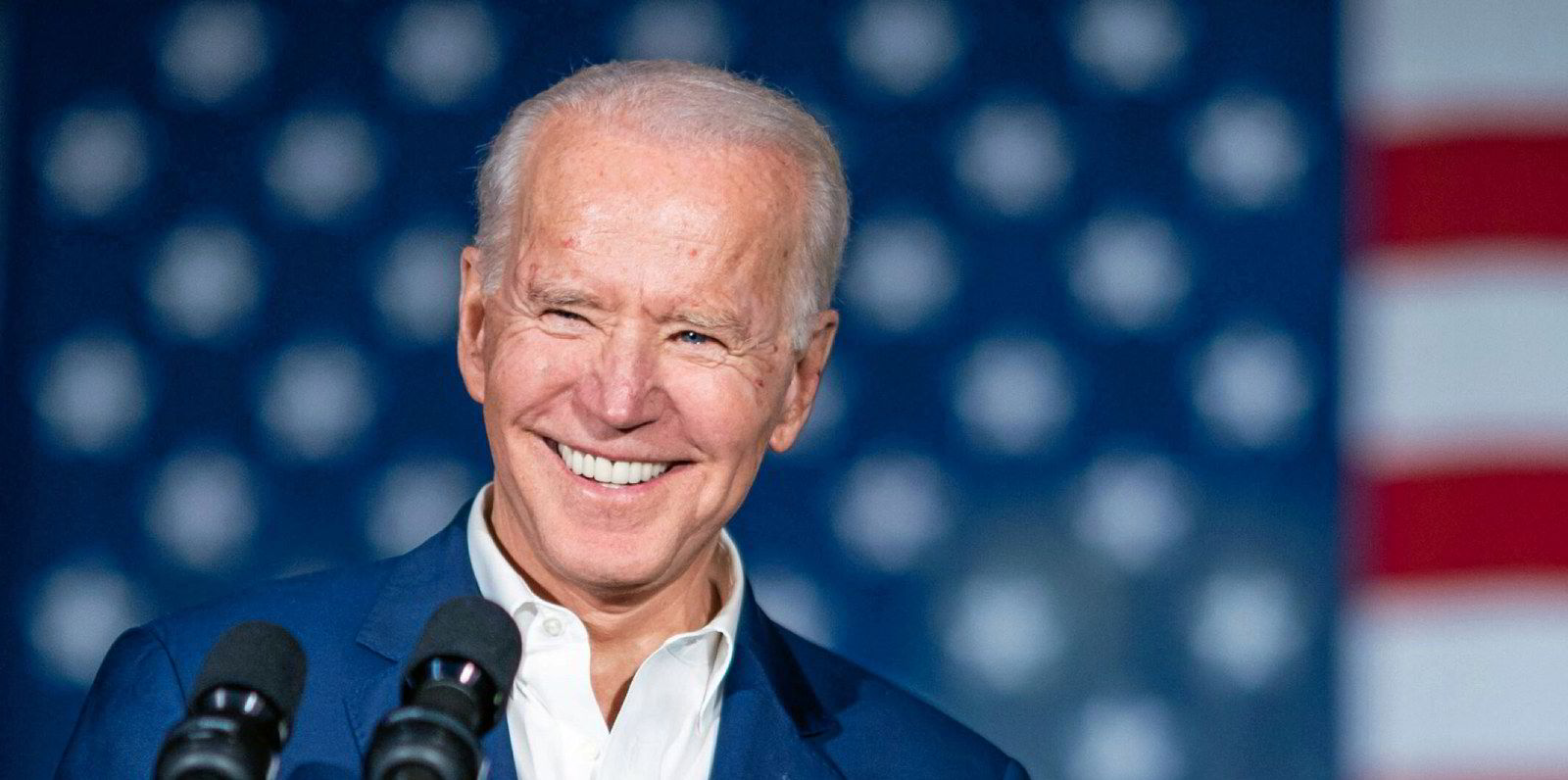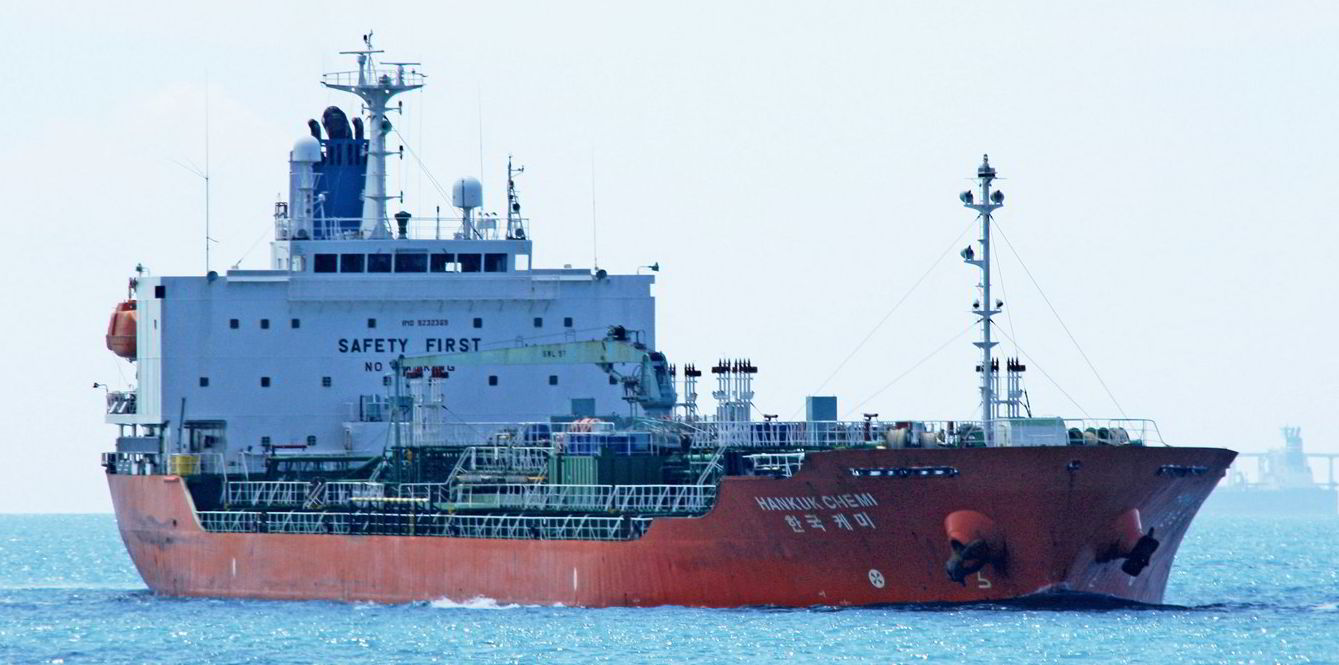With the US signalling the willingness to lift sanctions on Iranian petroleum trade, a huge wave of tanker scrapping could be expected in the coming months.
Clandestine companies have amassed large tonnage in recent quarters for the high-risk, high-reward trade, and their vessels have complemented National Iranian Tanker Co (NITC)'s own fleet.
Tanker experts believe most of the ships would be too old to compete with modern tonnage if sanctions are lifted, and that their demolition would bode well for long-term market fundamentals.
“For these vessels to return to the commercial market … I deem highly unlikely,” Frontline interim chief executive Lars Barstad told TradeWinds. “I believe these vessels will race to the scrap yards.”
Large tonnage
Since the US reimposed sanctions on Iran in 2018, Vortexa data shows 115 non-Iranian vessels with an average age of 22 years have carried oil or gas from the country.
Of these, 25 are VLCCs, six are suezmaxes, 34 are aframaxes and nine are panamaxes.
United Against Nuclear Iran estimated 115 foreign tankers were in the illicit trade as of April, with 40% flagged in Panama. TradeWinds has approached the flag registry for comment.
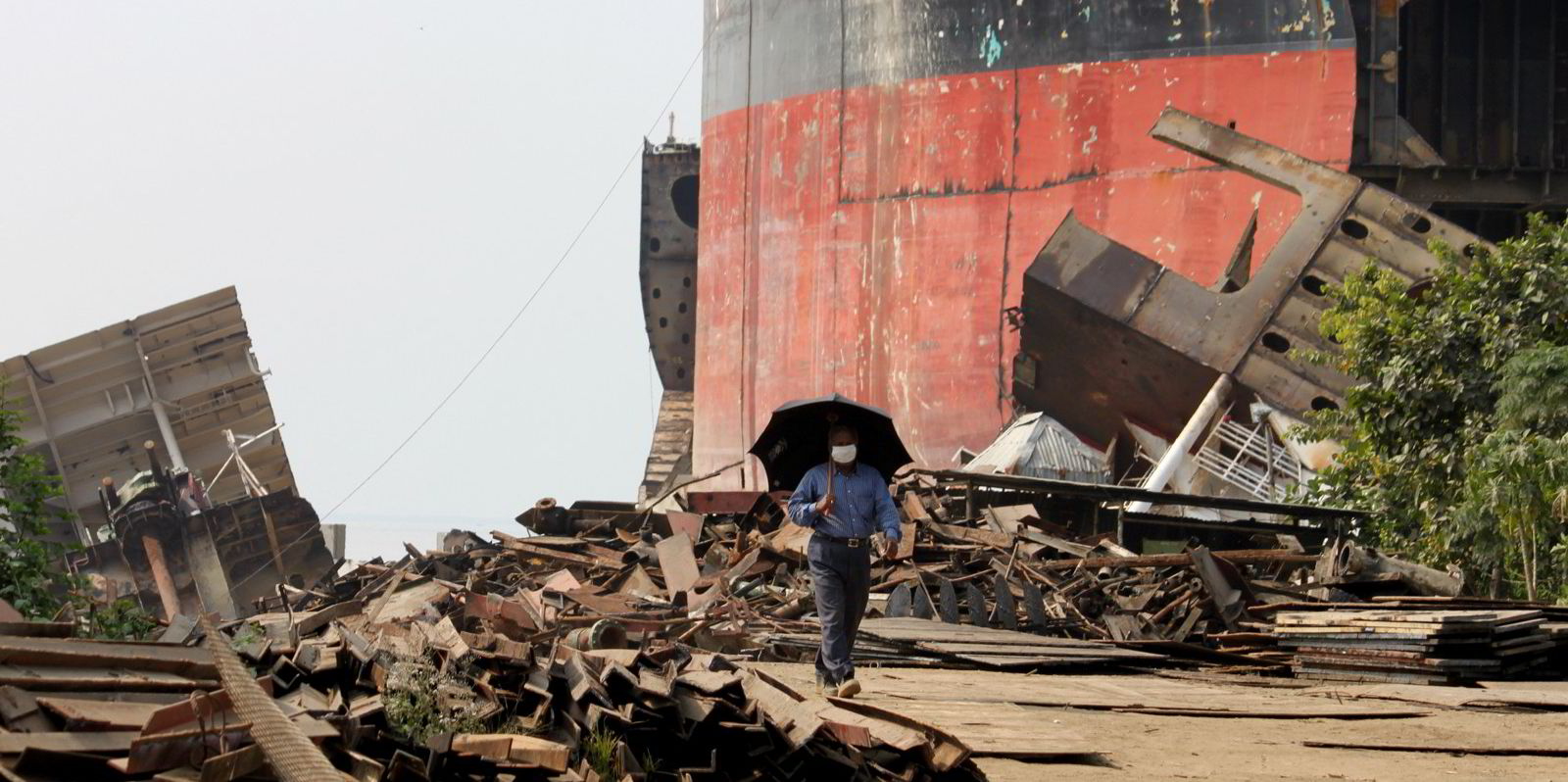
In comparison, the pressure group only counted 70 ships in November.
Those vessels have helped Iran hike its oil exports in recent months despite US sanctions.
Cited by Bloomberg, figures from consultancy Facts Global Energy indicate that Iranian exports reached somewhere between 1.2m barrels per day (bpd) and 1.3m bpd in the first quarter of this year.
That compares with just over 600,000 bpd in November and December.
“We have to acknowledge that there is a large fleet out there, trading in the sanctioned market,” Barstad said. “This is not sustainable and hurts compliant freight demand.”

More Iranian barrels
Earlier this month, Washington reportedly suggested it would be open to easing sanctions against Iran's oil industry, paving the way for the country to return to a nuclear deal.
If Iran is willing to rejoin the Joint Comprehensive Plan of Action and limit its nuclear programme, some analysts said the country could soon increase oil exports to 2m bpd or more.
“At least half of the ships required should probably come from NITC fleet,” IHS Markit principal liquid bulk analyst Fotios Katsoulas said. “The rest of the requirements should theoretically target tankers younger than the ones employed so far.
“With limited options left for the older fleet, securing employment could become rather difficult for most ship operators. Scrapping will be considered by some shipowners.”
Also, secondhand tanker prices have been supported by tonnage demand from opaque players in the Iranian trade. Many owners have held onto aged ships for the lucrative opportunities to sell them for further trading, even though they do not intend to transport sanctioned cargoes themselves.
Experts expect that once the opportunities are gone, the owners would also be much willing to demolish their vintage assets.

“We will see the current artificial premium for older ships disappear literally overnight,” Barstad said. “For the modern compliant fleet, this would quite quickly be seen as a bullish signal.”
Near-term uncertainty
But it remains to be seen whether the illicit operators would try to trade their ships in the open market for some time.
Arthur Richier, Vortexa’s senior freight analyst, said some vessels could still find employment as not all charterers have stringent requirements.
He added that “that is going to be able to undercut the modern, and more efficient tonnage” in freight markets.
Others said the ships are likely to be sent to junkyards as their operators would face dismal earnings prospects.
The Iranian trade is believed to yield six-figure daily earnings, while spot earnings on the compliant Middle East Gulf-China route are far below $10,000 per day.
“These older vessels are only viable because they can command a significant freight premium breaching sanctions,” Gibson Shipbrokers research head Richard Matthews said.
“If sanctions are lifted, that premium will disappear. These older vessels will … probably be scrapped.”
Theoretically, the shadow owners could deploy their ships to the lucrative sanctioned trade in Venezuela.
Vortexa figures suggest 11 VLCCs, one suezmax, nine aframaxes, two panamaxes and one handymax have traded in both Iran and Venezuela in recently quarters.
But the South American country’s oil exports have been sliding with production issues amid a prolonged economic crisis, Bloomberg reported.
Matthews doubted the viability of switching to Venezuela, posing the question: "Is there enough demand for this trade?”
